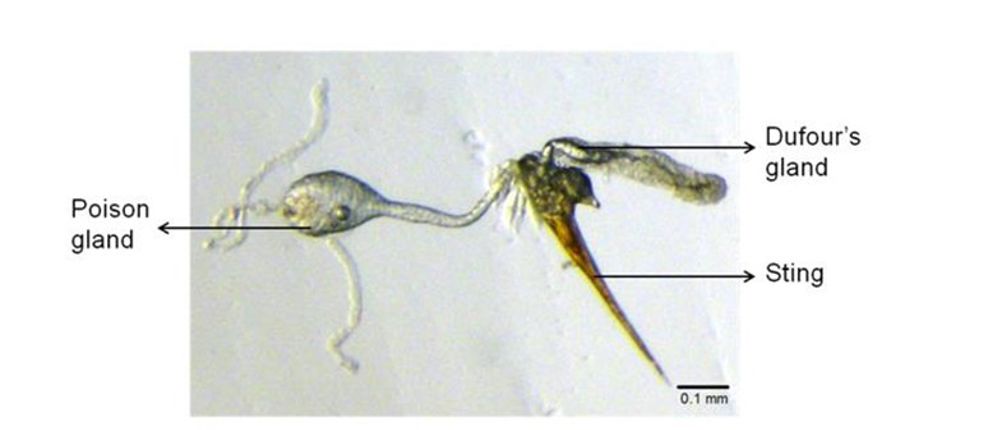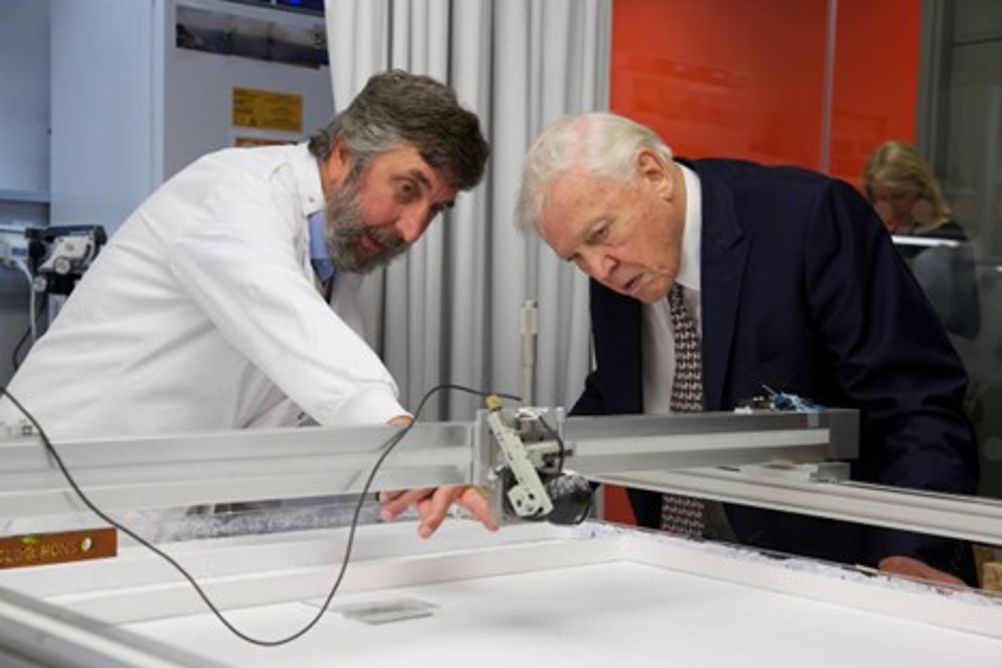The study, published in the Journal of Experimental Biology, saw the Bristol team mock up an ant habitat with two nests, with the ants inhabiting the one of deliberately inferior quality. A gantry was placed above the habitat, allowing a robot to travel between the lower quality nest to the better quality, unoccupied nest. Scent glands from a worker ant were attached to the robot to give it the pheromones of an ant teacher. The team then attempted to lead an ant to the new site using the robot.

“We waited for an ant to leave the old nest and put the robot pin, adorned with attractive pheromones, directly ahead of it,” explained Prof Nigel Franks from Bristol’s School of Biological Sciences. “The pinhead was programmed to move towards the new nest either on a straight path or on a beautifully sinuous one. We had to allow for the robot to be interrupted in its journey, by us, so that we could wait for the following ant to catch up after it had looked around to learn landmarks.
“When the follower ant had been led by the robot to the new nest, we allowed it to examine the new nest and then, in its own time, begin its homeward journey. We then used the gantry automatically to track the path of the returning ant.”
The research found that the robot had indeed taught the route successfully to the apprentice ant, mimicking a style of teaching the ants use themselves known as tandem running, where one ant leads another slowly along a route to a new nest. The pupil ant learns the route sufficiently well that it can find its own way back home and then lead a tandem-run with another ant to the new nest, and so on.

Using the gantry robot, the Bristol team successfully recreated this form of ant communication. Regardless of whether the robot took a straight or winding path to the new nest, the follower ant was able to retrace its steps and find its way back to the old nest, ready to take on the role of teacher.
“A straight path might be quicker but a winding path would provide more time in which the following ant could better learn landmarks so that it could find its way home as efficiently as if it had been on a straight path,” said Prof Franks.
“Crucially, we could compare the performance of the ants that the robot had taught with ones that we carried to the site of the new nest and that had not had an opportunity to learn the route. The taught ants found their way home much more quickly and successfully.”





Poll: Should the UK’s railways be renationalised?
Rail passenger numbers declined from 1.27 million in 1946 to 735,000 in 1994 a fall of 42% over 49 years. In 2019 the last pre-Covid year the number...